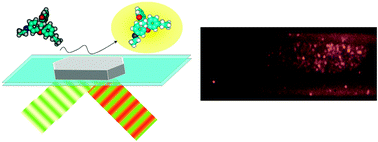Fluorescence micro(spectro)scopy as a tool to study catalytic materials in action†
Abstract
Following its widespread use in biomedical research,

- This article is part of the themed collection: In-situ characterisation of heterogeneous catalysts

 Please wait while we load your content...
Please wait while we load your content...